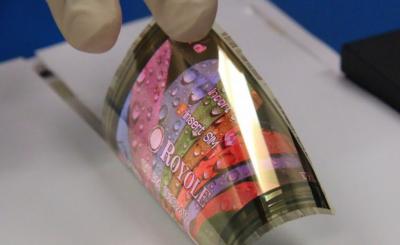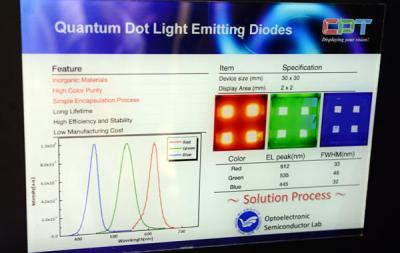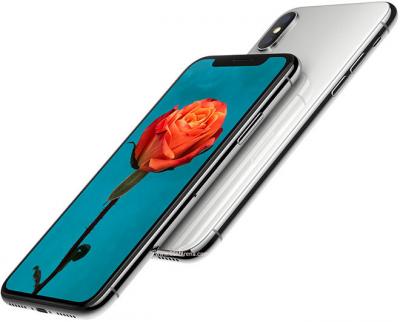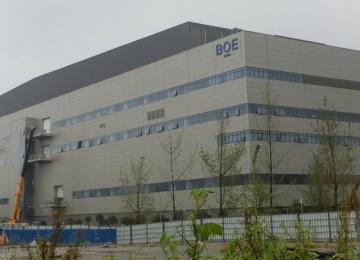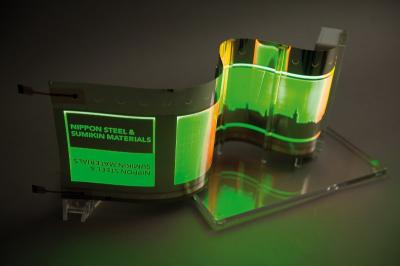Will Samsung's 2018 foldable phone fold inwards or outwards?
Samsung has been developing foldable display technologies for many years, and it seems that a foldable phone/tablet is always just around the corner. Samsung is getting closer to a commercial release, though, and earlier this month Samsung's Mobile Business group President says that it hopes to have a foldable phone in the market in 2018.

One of the interesting questions is what kind of device will Samsung launch? In 2016 we heard that Samsung is developing two basic device types - a phone that turns into a tablet and a phone that turns into a smartwatch. The focus currently seems to be on a phone/tablet device. But will it be out-foldable or in-foldable?


